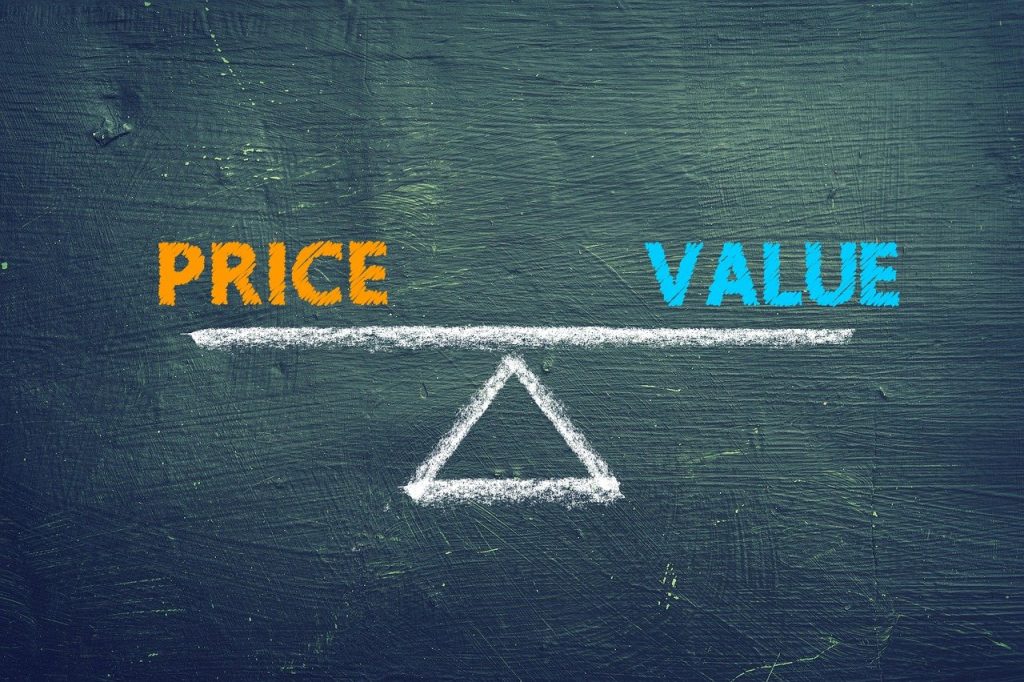
Investing in stocks can feel like a wild ride. It’s kind of like a dance between what people think & what’s really going on. Market value is what investors are willing to pay for a stock right NOW. But intrinsic value? That’s the REAL deal. It’s about finding out what a stock is truly worth, based on some serious number crunching. If you want be a smart investor, you got to know the difference between these two things. So, let’s dive in & talk about intrinsic value vs. market value. We’ll also look at a super important way to figure out stock value: discounted cash flow analysis.
Intrinsic Value: The True Worth
Intrinsic value is the ACTUAL value of a company’s stock. It comes from looking at ALL the bits & pieces of a business, including tangible and intangible factors. Warren Buffett (he’s like, a HUGE deal in investing) always talks about how important intrinsic value is. He says it’s the present value of all the money a business is going to make in the future, brought back to today’s value (PV).
Discounted Cash Flow (DCF) Analysis
DCF analysis is a POWERFUL way to guess a company’s intrinsic value. which typically reflects the company’s weighted average cost of capital (WACC). Here’s a simplified process for conducting DCF analysis:
-
Forecast Free Cash Flows: Estimates the company’s free cash flows for a certain period, usually 5-10 years.
-
Calculate Terminal Value: Estimates the value of the company’s cash flows beyond the forecast period.
-
Discount Cash Flows: Discounts the forecasted cash flows and terminal value back to the present value (PV) using the discount rate.
-
Sum of Present Values: The sum of these present values gives the estimated intrinsic value of the company.


